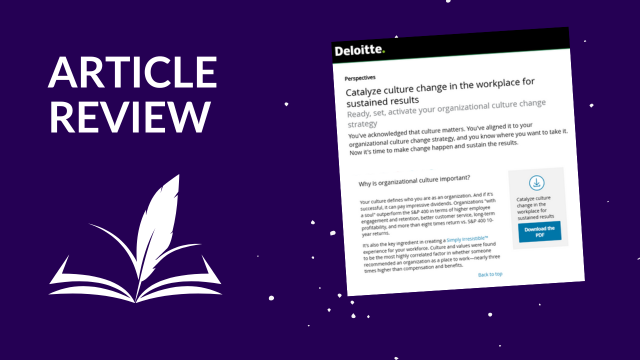It is estimated that the number of freelancers and independent contractors will more than double to 7.6 million workers by 2020. No industry is protected from this dynamic shift in the workforce; it is likely that every profession will feel its impact to some degree. While people tend to talk about the gig economy in terms of millennials, it is actually a much more diverse population; it spans generations and includes blue collar, white collar, and professional workers.
The gig economy will significantly shift the human landscape of our organizations and introduces new challenges to us as change practitioners. On the one hand, gig workers can ease some of the challenges of change; those who aren’t going to make the needed adjustments are (relatively) easily replaced. On the other hand, those who remain as employees are more vital to the stability and long-term viability of the organization. Their value—and power—in the organization will rise, introducing perhaps a new dynamic for us as change practitioners to address.
The authors of this overview provide the following advice. “By staying flexible, playing by the rules, collaborating with others as needed, and balancing innovation with the tried and true, business owners and their employees position themselves to adapt and thrive in the on-demand economy.” We have a responsibility to help our clients do so; and, we have a responsibility to prepare ourselves—and our change toolkits—for the changes the gig economy fosters.
https://www.tsheets.com/resources/gig-economy-business-owner







